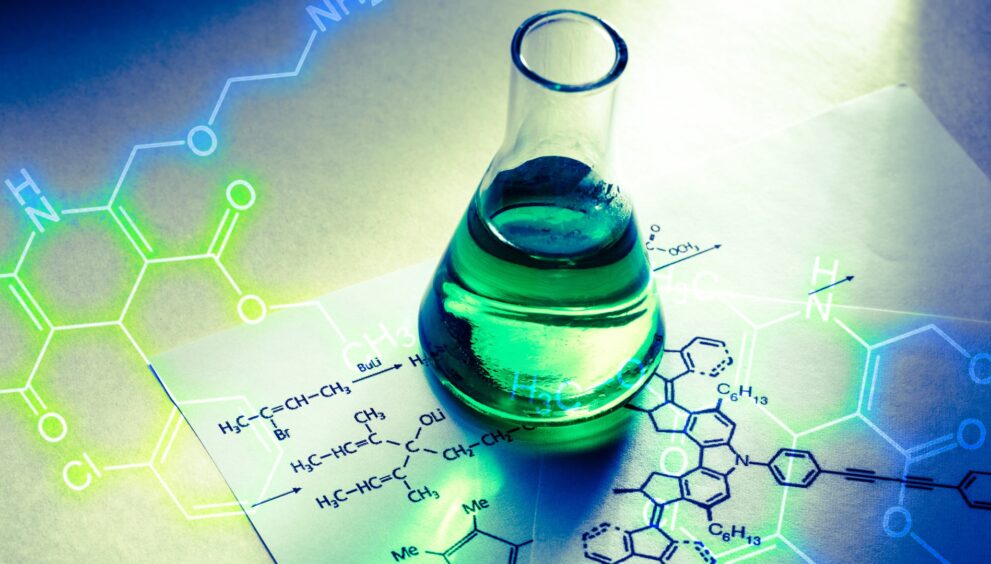Advancing Green Processes In The Realm Of Chemistry

We live in an increasingly environmentally conscious world.
Today, sustainability is a key consideration influencing everything – from government policy and corporate business plans to consumer purchase decisions. From automobiles to smartphones, fast-moving consumer goods to even dining out, everything has a ‘green’ aspect to it. And the same is true for the chemical industry.
The global green chemicals and materials market is already valued at over USD 100 billion. But with sustainability taking the centre stage, the sector is expected to grow at a rate of 10 per cent a year and hit nearly USD 230 billion by 2030.
Being driven by society’s growing environmental consciousness, companies today are realizing that sustainability is becoming ever more intrinsically linked with profitability. It’s no longer about what business does but how it does business.
Consumers are more likely to buy products made by a company with stronger sustainability credentials. Similarly, lenders are more likely to lend to them while investors are more likely to invest in them.
Hence, companies that do business with the chemical industry are demanding greener chemicals. The industry is delivering. One of the key solutions it is turning to is biocatalysis.
Biocatalysis heralds the revolution of green chemistry
Biocatalysis is increasingly acting as the bridge between science and sustainability.
Biocatalysis refers to the use of organic catalysts to speed up chemical reactions. Using biocatalysts, instead of inorganic catalysts, is not just more environmentally friendly but also more cost-effective. It can also contribute to building a circular economy by turning waste into valuable products.
As a result, biocatalysis is expected to play a central role in driving the growth of green chemistry. But even as it forms the bedrock of green chemistry, emerging technologies backed by R&D stand at the forefront of sustainability and have the potential to catapult growth drivers for the green chemical industry.
Emerging technologies – a promising path towards sustainability
These include flow chemistry.
Flow chemistry is the science of creating reactions by flowing reactants continuously through micro channels or tubes. This method drastically reduces waste as it doesn’t need large reaction vessels in which residue gathers.
Flow reactors that are used to conduct such reactions also consume less energy in their operation. The best thing is that they’re scalable. Hence, they offer flexibility and adaptability to meet production needs.
Another promising approach is the use of surfactants. Surfactants lower surface tension in a chemical reaction. This makes it easier to isolate products in a reaction, which reduces the need for energy-intensive purification processes.
They are also easily biodegradable, reducing their environmental impact. At the same time, surfactant-mediated reactions are easy to integrate with other green technologies like biocatalysis driving further sustainability gains.
These technologies have a lot to offer. But their potential can only be unlocked if companies put all of their R&D and innovative heft behind them. And therein lies the challenge.
Roadblocks to going completely Green
Investing in new technologies, including green chemistry innovation, won’t come cheap. In fact, the most effective surfactants, for instance, and sustainable surfactants, in particular, come at a high cost.
Similarly, while these technologies have shown potential in the laboratory, scaling them up to an industrial level can be a complex and effort-intensive endeavour. There is also a limited availability of catalysts and reagents compatible with green technologies that companies have to contend with.
But companies have to take the plunge. Not just for the sake of a greener future but also from a commercial point of view. Because, with the way the world is headed, the payoff from investing in green technologies will eventually outdo any initial investment that will be needed.
In fact, companies that have transitioned to green chemistry, even now, in its early stages, are already reaping dividends – both environmental and economic. They are the best example of how green chemistry really is the future.















































































































































































































































































































































































































































































































































































































































































































































































































































































































































































































































































































